Restoring art requires a steady hand and a keen eye. For centuries, conservators have restored paintings by identifying areas that need repair and then blending precise colors to fill each area in. Often, a painting can have thousands of tiny spots that need to be addressed individually. Restoring a single work can take anywhere from a few weeks to more than a decade.
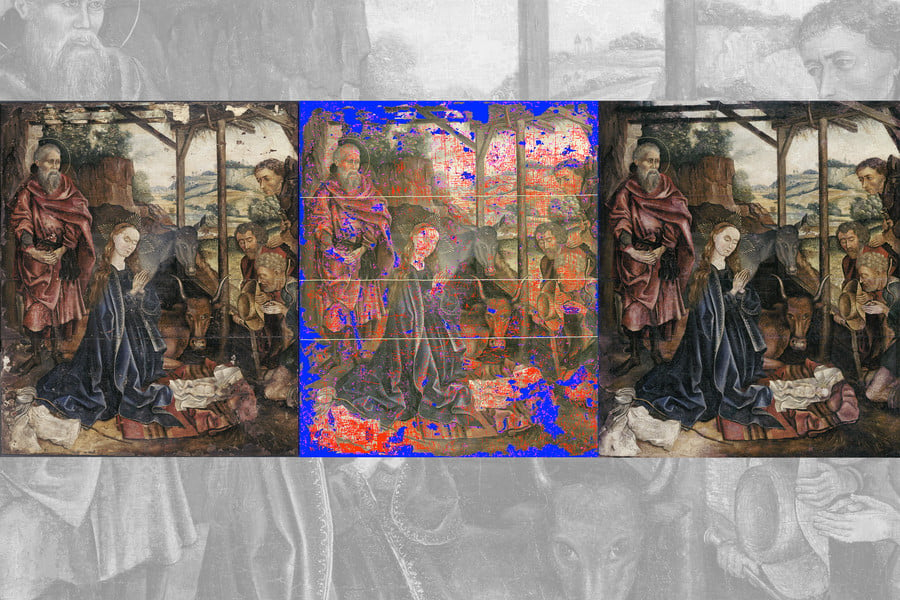
In recent years, digital restoration tools have opened up the possibility of creating virtual versions of original works after they have been restored. These tools use computer vision, image recognition, and color matching techniques to create a digital restoration of a painting relatively quickly.
However, until now, there has been no way to transfer these digital restorations directly onto the original artwork. In a paper published in the journal Nature, MIT mechanical engineering graduate student Alex Kachkine describes a new method he developed that allows digital restorations to be applied to the surface of real paintings.
The restoration is printed onto a thin polymer film as a “mask,” which can be aligned and applied to the original painting. The mask is also easily removable. According to Kachkine, a digital file of the mask can be stored for future conservators to look up and understand what has been edited on the work.
To illustrate, he applied the method to a severely damaged 15th-century oil painting. The method automatically identified 5,612 areas that needed repair and retouched them with 57,314 different colors. The entire process from start to finish took just 3.5 hours, about 66 times faster than traditional methods.
Kachkine also acknowledged that, like any restoration project, this approach raises ethical questions—whether the restored version truly reflects the artist’s style and intentions. Applying the new method, he said, requires consultation with conservation experts who understand the history and provenance of the work.
“Align and Restore”
In the new study, Kachkine developed a method for applying a digital restoration to a real painting, using a 15th-century painting he acquired when he first came to MIT. The method begins by cleaning the painting using traditional techniques and removing the old restoration layers.
“This painting is almost 600 years old and has been restored many times,” he said. “In this case, there are many layers of incorrect overpainting – all of which have to be removed to see the real original.”
He scanned the entire painting after cleaning it, including areas of faded or cracked paint. He then used existing AI algorithms to analyze the scans and create a virtual version of what the painting might have looked like originally.
Next, Kachkine developed software that created a map of the areas of the original painting that needed to be repainted, along with precise color codes to match the digitally restored version. This map was then converted into a two-layer physical “mask” printed on thin polymer films. The first layer printed in color, the second layer printed the same pattern but only in white ink.
“To reproduce full color, both white and colored inks are needed to create the complete color spectrum. If the two layers are misaligned, it is very easy to detect. So I also developed some computational tools based on my understanding of human color perception to determine the smallest level of precision that can be achieved,” Kachkine explains.
He used a high-precision commercial inkjet printer to print two layers of the mask, which he then manually aligned and applied to the painting using a thin layer of traditional varnish. These films can be easily removed with a special conservation solution if the painting needs to be restored to its original state. A digital copy of the mask is also kept as a detailed record of the restoration process.
With the painting used, the method filled in thousands of damaged spots in just a few hours. “A few years ago, I restored an Italian baroque painting with a similar level of damage – and it took me nine months of part-time work. The more damage, the more effective the method,” Kachkine recalls.
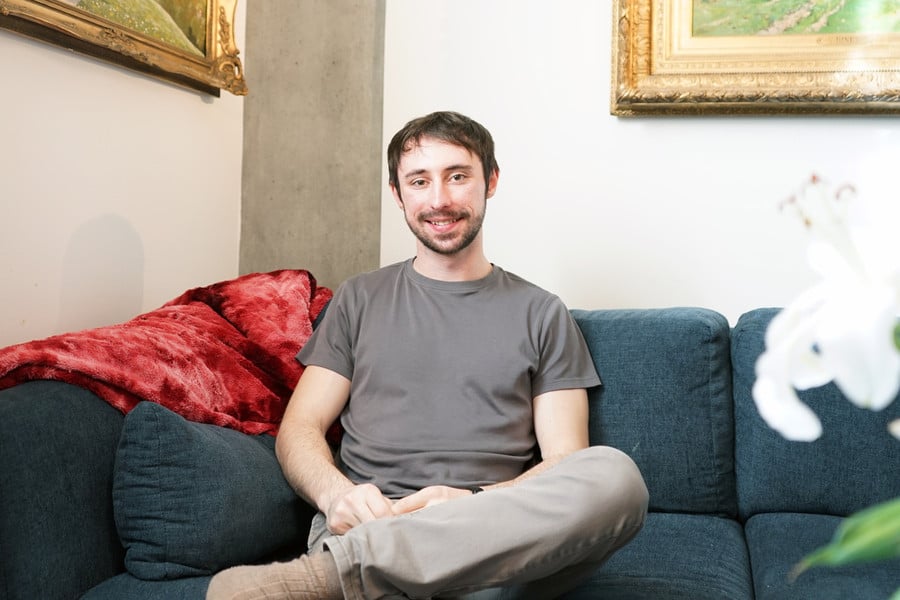
Kachkine estimates that the new method is dozens of times faster than traditional hand-painting techniques. If widely adopted, Kachkine stresses that conservation experts need to be involved at every stage, to ensure the final result matches the original artistic style and intent.
“There are ethical considerations at every step of the process to see how it fits into conservation principles. We are building a foundation for developing more methods. As more people work on them, we will get more and more precise methods,” he said.
This work was supported in part by the John O. and Katherine A. Lutz Memorial Fund. The research was conducted in part at MIT.nano, with additional support from the MIT Microscale Technologies Laboratory, the MIT Department of Mechanical Engineering, and the MIT Libraries.
(According to MIT News)
Source: https://vietnamnet.vn/phuc-che-tranh-co-bang-ai-chi-trong-vai-gio-voi-mat-na-ky-thuat-so-2414951.html



![[Photo] Images of the State-level preliminary rehearsal of the military parade at Ba Dinh Square](https://vphoto.vietnam.vn/thumb/1200x675/vietnam/resource/IMAGE/2025/8/27/807e4479c81f408ca16b916ba381b667)


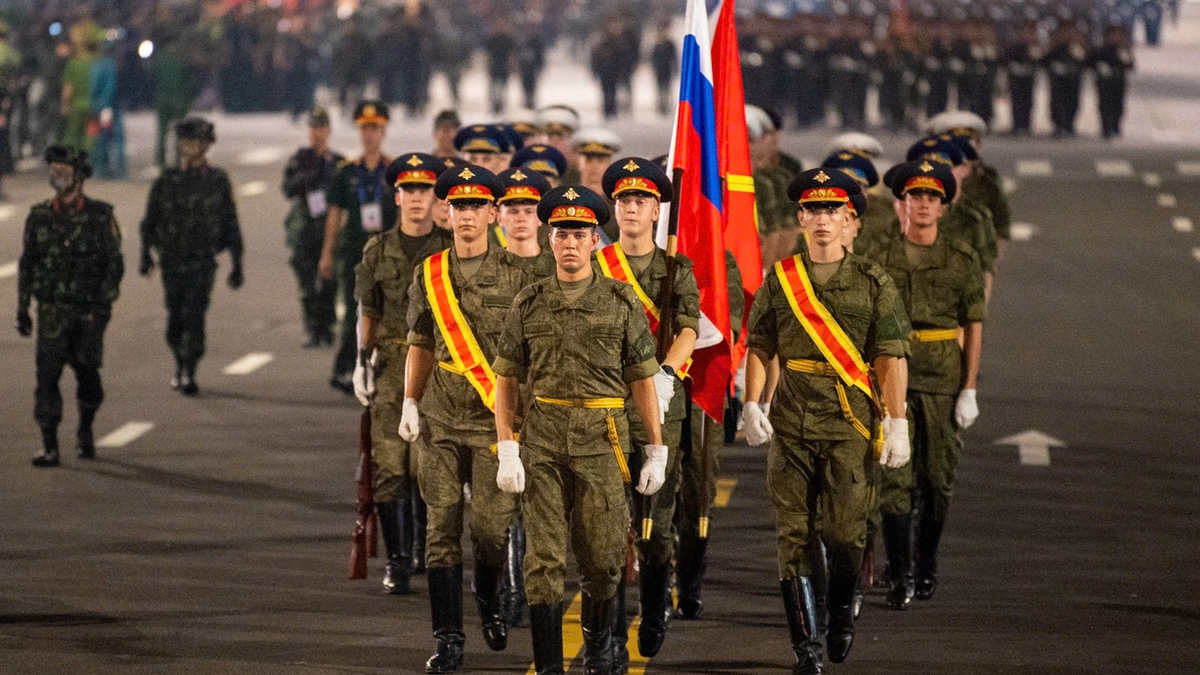
![[Photo] Parade blocks pass through Hang Khay-Trang Tien during the preliminary rehearsal](https://vphoto.vietnam.vn/thumb/1200x675/vietnam/resource/IMAGE/2025/8/27/456962fff72d40269327ac1d01426969)






























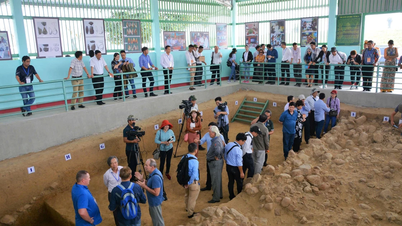




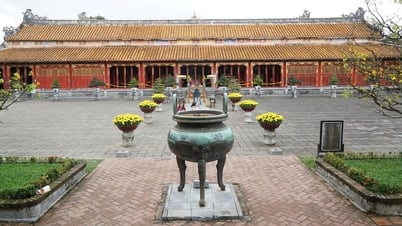








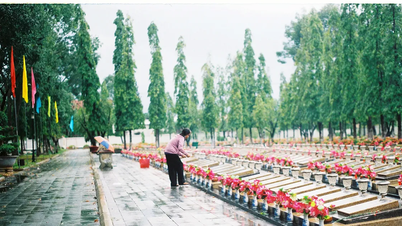
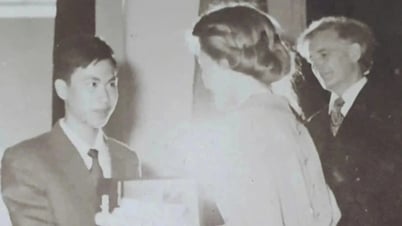




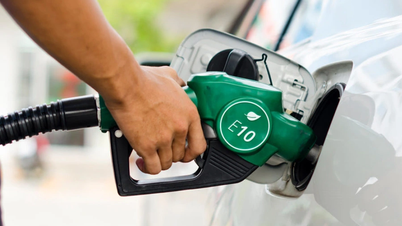
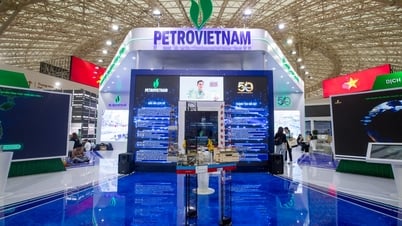





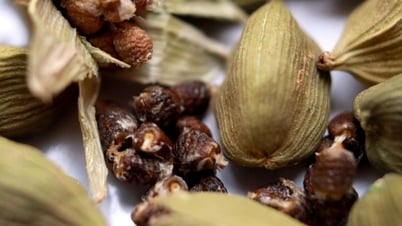
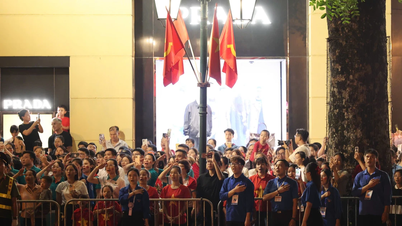




































Comment (0)